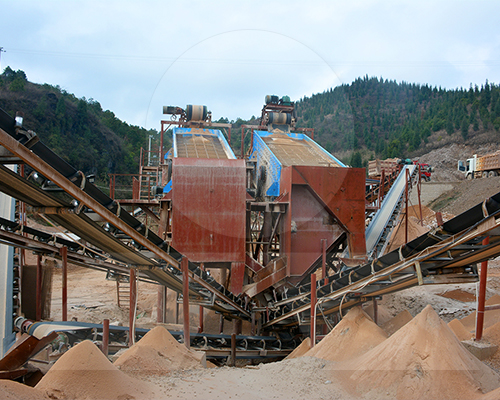Preventive Maintenance Practices for Vibrating Screens
Vibrating screens are widely used in various industries for sorting, classifying, and filtering materials, such as mining, construction, and recycling. To ensure these machines operate efficiently and reduce the risk of unexpected breakdowns, preventive maintenance is crucial. Implementing a systematic preventive maintenance program for vibrating screens helps in extending their service life, improving performance, and minimizing downtime.
Key Aspects of Preventive Maintenance for Vibrating Screens
- Regular Inspection and Cleaning Performing regular inspections is one of the most important aspects of preventive maintenance for vibrating screens. This includes checking for any signs of wear and tear, such as cracks, corrosion, or loose bolts, and cleaning the screen surface to prevent clogging and material buildup. Keeping the screen panels clean ensures that the equipment operates efficiently and maintains consistent performance.
- Monitoring Screen Tension Screen tensioning is crucial for optimal operation. Loose or improperly tensioned screens can cause poor screening efficiency and may lead to screen panel damage. Regularly checking the tension of the screen panels and adjusting them as needed helps maintain the quality of the screening process and reduces the risk of screen failure.
- Lubrication of Bearings and Moving Parts Proper lubrication of bearings and other moving components is essential to prevent excessive friction and overheating. Vibrating screens operate under high loads and in harsh environments, making regular lubrication a necessary part of maintenance. Using the recommended type and amount of lubricant helps in minimizing wear and ensures smooth operation.
- Checking for Vibratory Motion The vibratory motion of the screen should be monitored to ensure that the machine is operating within the desired frequency and amplitude range. Deviations in the vibratory motion can indicate issues such as unbalanced weights, misalignment, or damaged components. Regularly measuring the vibration levels and addressing any abnormalities can help prevent severe damage.
- Inspecting and Replacing Worn Components Over time, components such as springs, bolts, and screen panels may wear out or become damaged. Inspecting these parts periodically and replacing them when signs of wear are detected can prevent more significant problems and keep the screen running efficiently. Preventive replacement of worn components reduces the likelihood of unplanned downtime and costly repairs.
Benefits of Preventive Maintenance
Implementing a preventive maintenance program for vibrating screens leads to several advantages:
- Increased Equipment Lifespan: Regular maintenance extends the service life of the vibrating screen, resulting in cost savings over time.
- Reduced Downtime: Addressing potential issues before they escalate helps minimize unplanned shutdowns.
- Optimized Performance: Well-maintained vibrating screens ensure efficient material separation, enhancing overall production quality.
- Lower Repair Costs: Early detection and correction of issues reduce the need for expensive repairs and part replacements.
In conclusion, preventive maintenance for vibrating screens is essential for maintaining efficient and reliable operations. By conducting regular inspections, ensuring proper lubrication, and replacing worn components, operators can maximize equipment uptime and performance.
- > Impact Crusher: The Best Equipment for Efficient Concrete Recycling
- > Durable Cone Crushers for Hard Rock Gold Mining Processes
- > Tracked Mobile Cone Crusher in Recycled Aggregate Production from Construction Waste
- > Single Cylinder Hydraulic Cone Crusher for Hard Gold Ore in Africa
- > Advanced Features of the PEW Series Jaw Crusher for Gold Mining
- > The Role of Vibrating Screens in Iron Ore Washing: Enhancing Efficiency in Ore Processing
- > Mobile Crushers in Malaysia: Pioneering Iron Ore Grinding Solutions
- > The Benefits and Considerations of Second-Hand Portable Jaw Crushers in Canada


Online




Message

